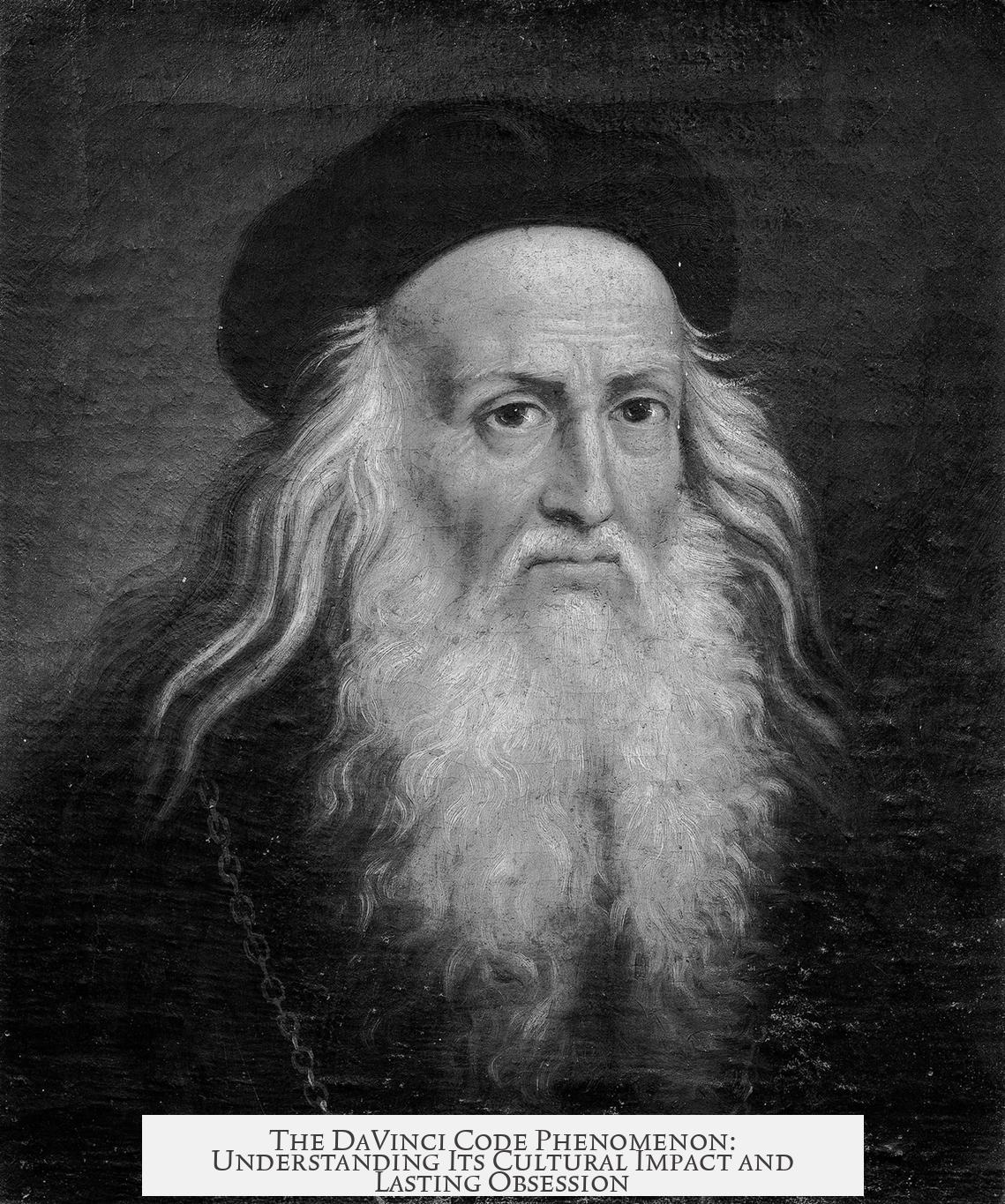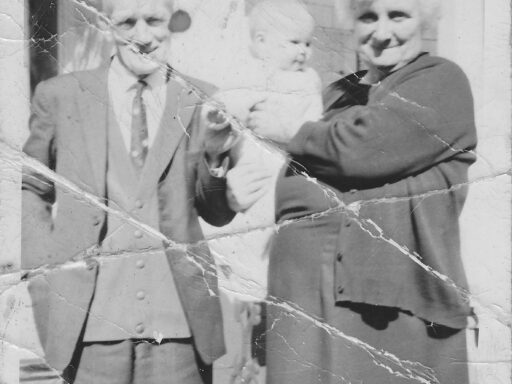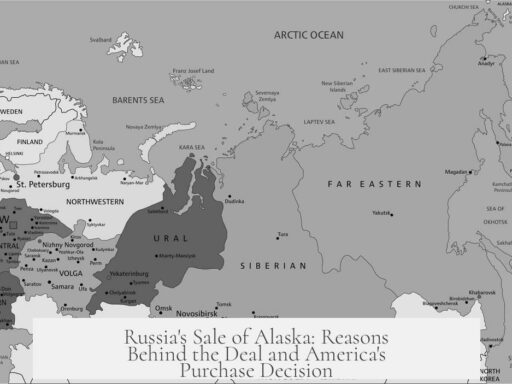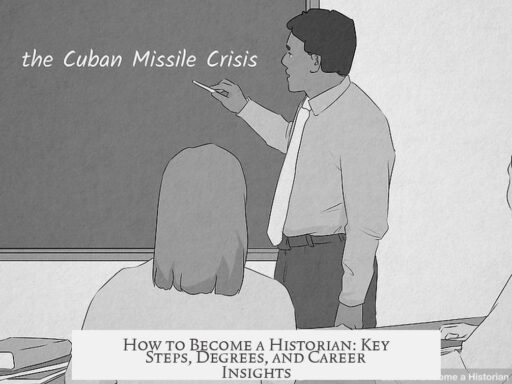The widespread fascination with The Da Vinci Code in 2003 stems from a blend of its controversial content, strategic marketing, cultural context, and Dan Brown’s distinctive writing style, which together created a cultural phenomenon far surpassing the success of his prior work.

Dan Brown’s initial novel featuring Robert Langdon, Angels & Demons (2000), did not generate significant attention or sales. Its failure can largely be attributed to a less provocative premise and limited publisher support. In contrast, The Da Vinci Code was deliberately crafted to shock and challenge readers’ perceptions of history, religion, and culture. Brown, along with his then-wife Blythe, targeted controversial themes that intertwined biblical secrets, conspiracy theories, and alternative Christian narratives. This strategic shift lent a distinct edge to the novel, making it deeply compelling to a mass audience.
Brown defines his approach as a “thriller as academic lecture,” intending not only to entertain but also to educate readers. He hoped his novel would serve as a starting point for further inquiry. This intentional blend of fiction and factual-style presentation gave the work an aura of authenticity. Brown, a true believer in the accuracy of many details in his story, included a prefatory note asserting that depictions of art, architecture, and secret rituals were precise, fostering trust and curiosity among readers.
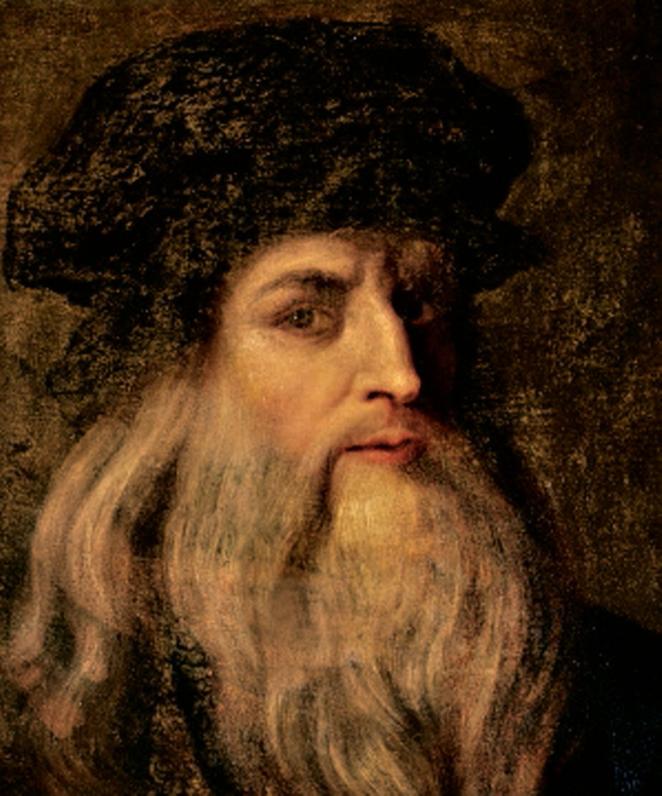
The publisher played a vital role in the novel’s success. Unlike the *Angels & Demons* launch, which saw a reduced print run and lackluster marketing, *The Da Vinci Code* received extensive publisher backing. Early on, 10,000 advance copies were circulated, a stark contrast to the previous 12,000 copies. The campaign emphasized grassroots support and word-of-mouth promotion rather than traditional physical tours. This innovative strategy captured attention and built anticipation, contributing significantly to rapid sales growth.
Controversy became a catalyst rather than the cause of success. While the initial print run of 230,000 copies sold out swiftly, protests and debunking efforts by academics and religious authorities intensified public interest. Unlike manufactured outrage in some movies, the Catholic Church’s real condemnation fueled ongoing debates, increasing visibility and sales. The presence of controversy, combined with accessible conspiracy theories rooted in alternative interpretations of Christian history, established a unique cultural moment.

American fascination with hidden Bible mysteries and skepticism toward institutional religion also helped. The appeal of discovering secret knowledge or suppressed truths resonates strongly within American culture. This curiosity intersects with a broader distrust of religious authorities, making the narrative of *The Da Vinci Code* particularly gripping.
Historical discoveries like the Nag Hammadi library and the Dead Sea Scrolls during the 20th century further fed public interest. These finds unveiled “non-mainstream” Christian and Jewish traditions, encouraging reinterpretation of sacred texts and offering a richer context to Brown’s themes. The novel drew heavily on these scholarly discoveries, delivering them in an easily digestible, thrilling form.
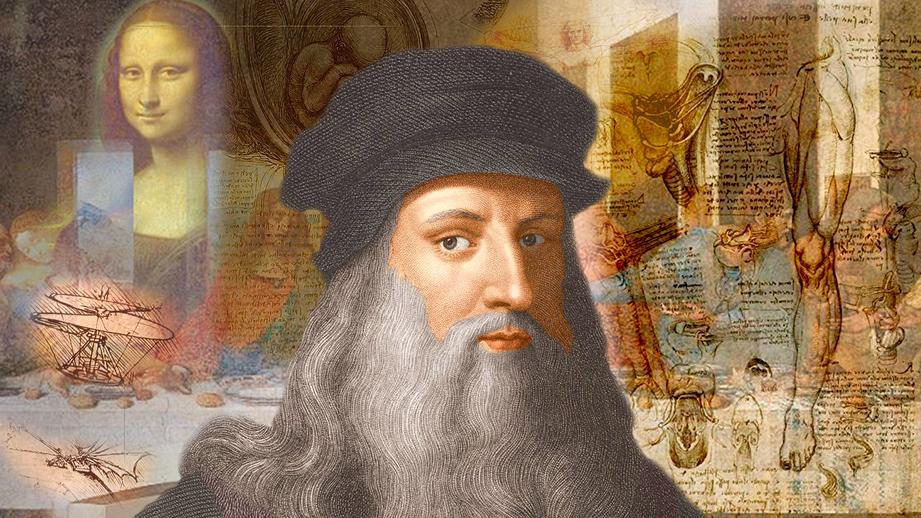
| Key Differences Between Angels & Demons and The Da Vinci Code | Details |
|---|---|
| Premise | Angels & Demons lacked cultural shock; The Da Vinci Code intentionally challenged worldviews |
| Marketing Strategy | Angels & Demons had smaller print run and less aggressive promotion |
| Publisher Support | The Da Vinci Code received firm backing with larger print and grassroots campaigns |
| Controversy Impact | The Da Vinci Code benefited from genuine religious backlash; Angels & Demons did not |
The narrative foundation of *The Da Vinci Code* draws from prior works like *Holy Blood Holy Grail,* which proposed that Jesus was married to Mary Magdalene and fathered descendants who preserved secret knowledge. While that book remained dense and niche, Brown transformed its complex conspiracy into a gripping and accessible thriller. He incorporated elements like the Gospel of Mary, discovered in the late 19th century, which presents alternative views of Mary Magdalene’s role. These sources imbued the novel with a sense of hidden historical truth, enticing a large audience interested in secret histories.
The novel claims to unveil a 2,000-year-old Catholic conspiracy to hide the “true” nature of Christ and salvation, supposedly detailed in marginalized texts. This bold assertion tapped into cultural anxieties and curiosity about religion’s past. The idea resonated because it connected to broader themes of distrust toward institutions and a yearning for special knowledge.
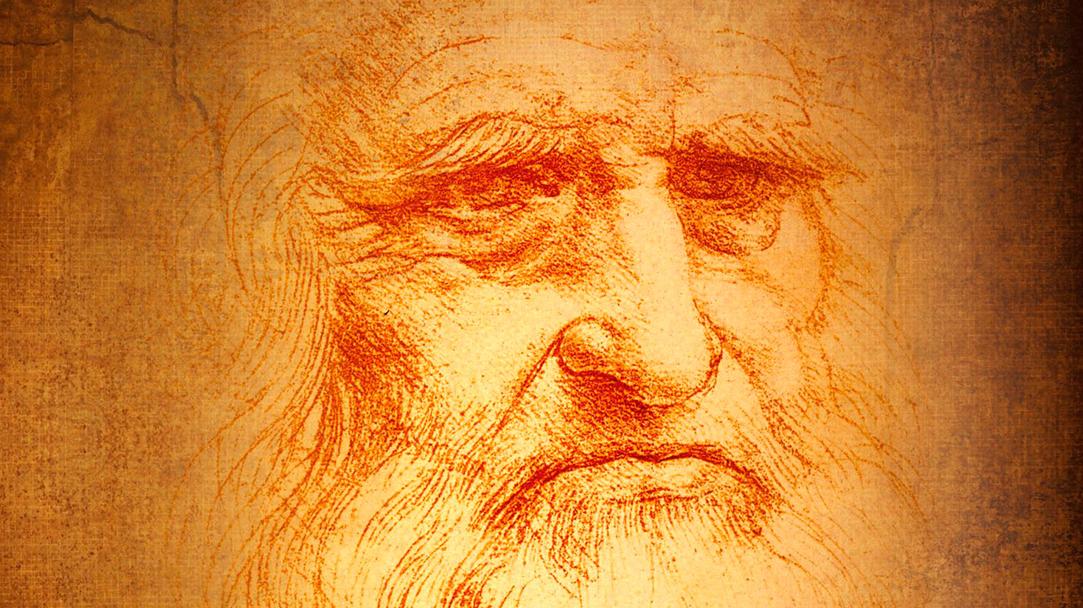
- The Da Vinci Code succeeded due to its provocative subject matter challenging established beliefs.
- Dan Brown’s “academic lecture thriller” style combined entertainment with a sense of learning.
- Strong publisher support and innovative grassroots marketing amplified its reach.
- Controversy from religious groups increased visibility and fueled public debate.
- American cultural interest in Bible mysteries and alternative histories primed readers for the narrative.
- Historical discoveries like the Nag Hammadi texts added legitimacy and intrigue.
- The novel repackaged dense conspiracy theories from prior niche texts into a bestselling thriller.
I’ve been waiting years to ask: why did we all go absolutely bananas for The DaVinci Code in 2003?
The Da Vinci Code’s breakout success in 2003 boils down to a cocktail of controversy, mystery, clever marketing, and our own appetite for secrets hidden in plain sight. But why did this specific novel take the world by storm while many similar works quietly collect dust? Let’s unpack this mystery with some juicy details.
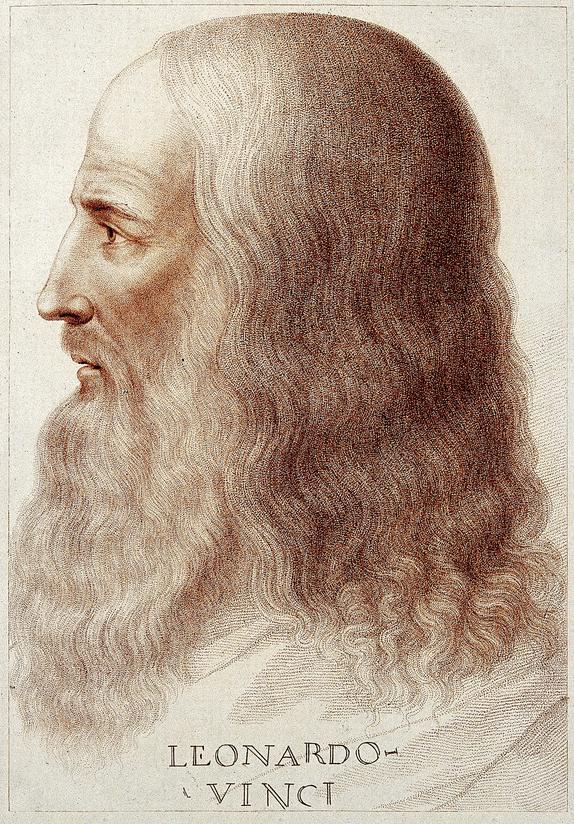
First, let’s acknowledge that explaining mass phenomena like viral hits or bestselling books often feels like chasing smoke. Think about the viral “Badger Badger Badger” video. It’s a silly animation with repetitive badgers, mushrooms, and snakes looping endlessly. Animal videos had always been popular, so why that one? Same quirk applies here: why The Da Vinci Code and not a dozen other Dan Brown-style conspiracy thrillers?
From Quiet Beginnings to Explosive Success: The Tale of Two Novels
The secret is hidden in a neat comparison with Angels & Demons, Brown’s earlier Langdon novel from 2000. It flopped commercially. This failure gives us clues.
Angels & Demons lacked the punchy, worldview-altering premise that The Da Vinci Code had. Dan Brown himself admits he refined his craft and approach after the first try. He stumbled on the idea of the thriller as an “academic lecture.” Still sounds boring? The trick is Brown didn’t want just to entertain, but to educate and fascinate readers with real history, art, and secret rituals wrapped inside a gripping page-turner.
Interesting, right? Brown’s goal was not Hollywood-style fireworks but teaching readers under the radar while keeping their hearts pounding. This meant The Da Vinci Code was methodically layered with art descriptions, architectural details, and, crucially, a smelly whiff of conspiracy. Brown’s wife, Blythe, played a role in crafting this educational thriller.
Did Dan Brown Believe It? Spoiler: Yes.
Brown is not just a storyteller spinning tall tales. He’s a “true believer” about the ideas he shares. His disclaimer about coincidences didn’t dampen his claims that “all descriptions of artwork, architecture, documents, and secret rituals are accurate.”
This earnestness helped readers suspend disbelief. When they think, “Is this real?” the blurred line between fact and fiction makes the book addictive. You don’t just read; you want to question everything you thought you knew about Christianity and history.
Marketing Magic: When Publishers Smell Gold
But great content alone doesn’t guarantee a bestseller. Back to Angels & Demons: its publisher cut back production significantly from the promised 60,000 copies down to only 12,000 and skimped on marketing. Brown and his wife pushed their own publicity—think grassroots hustle.
Fast forward to The Da Vinci Code. Brown hooked up with a new agent, Heidi Lange, who dreamed bigger and pried open the gates to controversy. Targeting “something shocking” that could unsettle the reader’s everyday world was deliberate. It worked.
Simon & Schuster, the new publisher, saw the goldmine: 10,000 advance copies, big grassroots buzz, and a willingness to lean into the book’s controversial claims. Their full-court press contrasted with earlier tepid approaches.
Controversy: A Double-Edged Sword or Secret Sauce?
Can we say controversy sold the book? Not solely. The initial printing of 230,000 copies sold out rapidly, before critics and scholars had time to mount their objections. But once academics took official disapproval to the streets, the “debunking” frenzy created an unstoppable buzz.
Unlike the 1971 \[film\] version of The Exorcist, which falsely claimed Vatican condemnation to pump ticket sales, The Da Vinci Code enjoyed authentic condemnation from Catholic groups. The church’s outrage effectively waved a giant neon sign that screamed, “Read this!”
Why the American Obsession with Bible Mysteries?
Americans harbor a particular fascination with the Bible’s hidden layers. The idea that ancient texts contain secrets is an irresistible lure. It makes us feel like insiders privy to knowledge locked away from the mainstream.
This ties into a broader cultural distrust of institutional religion. Some readers hunger for alternative Christian narratives — either as rebellion or spiritual discovery. The Da Vinci Code taps right into these veins of suspicion and curiosity.
The mid-20th-century discoveries of the Nag Hammadi texts and Dead Sea Scrolls fueled this. These finds revealed “non-mainstream” gospels and teachings, which academics knew about but the public hadn’t seen. Brown capitalized on this, bringing those fringe ideas from dusty archives to prime-time paperback fiction.
Holy Blood, Holy Grail: The DNA of the Da Vinci Code
The Da Vinci Code didn’t invent its conspiracy theories out of thin air. It leaned heavily on the 1982 book Holy Blood, Holy Grail. This scholarly albeit dry tome proposed a radical secret: Jesus married Mary Magdalene, fathered children, and their descendants continued a hidden legacy through European history.
Holy Blood’s dense narrative lacked story appeal, but Dan Brown blended its core theory with thriller pacing and popular culture flair. He used the “Gospel of Mary,” a Gnostic text portraying Mary Magdalene as Christ’s closest confidante and recipient of secret teachings, to add powerful spiritual weight.
Through this lineage, Brown’s novel boldly declared (in a fiction-wrapper) that the Catholic Church deliberately concealed this “real” salvation story for two millennia. A secret society guarding truth. Who can resist?
What Makes The Da Vinci Code a Beach Read and a Cultural Phenomenon?
It combines serious scholarship with sensational twists, a deliciously scandalous premise, and accessible prose mixed with brisk plot twists. It asks: “What if everything you thought about Jesus was a lie?” That question, thinly veiled as fiction, ignited imaginations worldwide.
The timing was perfect, too. Early 2000s readers craved something fresh amid the sea of formulaic thrillers. And with savvy marketing combined with controversy and academic debate, the book exploded like fireworks.
In Retrospect: Lessons for Future Viral Hits
- Shock Matters: People don’t just want thrillers; they want to question reality.
- Marketing Matters: Publishers willing to take risks and grassroots buzz amplify impact.
- Authenticity Sells: Brown’s genuine belief in his work made it feel real.
- Controversy is Fuel: Real pushback can make the engine roar louder.
- Tap Into Cultural Curiosity: Bible mysteries and alternate histories are a sweet spot.
So, why did we all go bananas? Because The Da Vinci Code took an irresistible secret, a splash of real data, a dash of conspiracy, and sprinkled some serious marketing magic on top. It turned a quiet academic curiosity into a global sensation.
If you feel burned out by the usual, maybe next time you encounter a book that makes you doubt what you know, remember: it might be the secret recipe seeding the craze. And now, you know how that recipe came together in 2003 with The Da Vinci Code.

